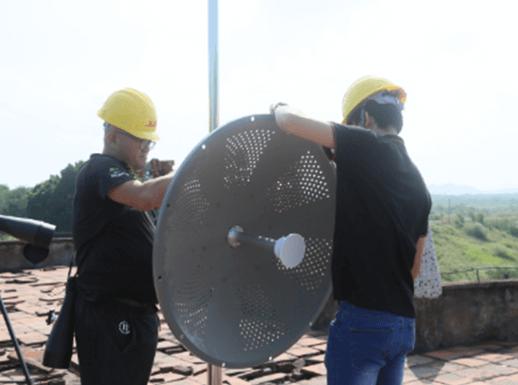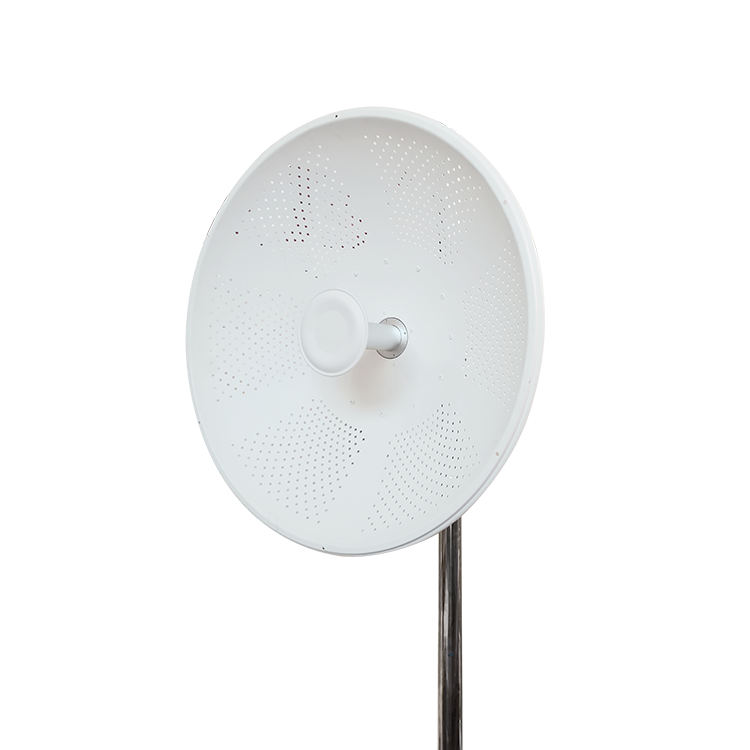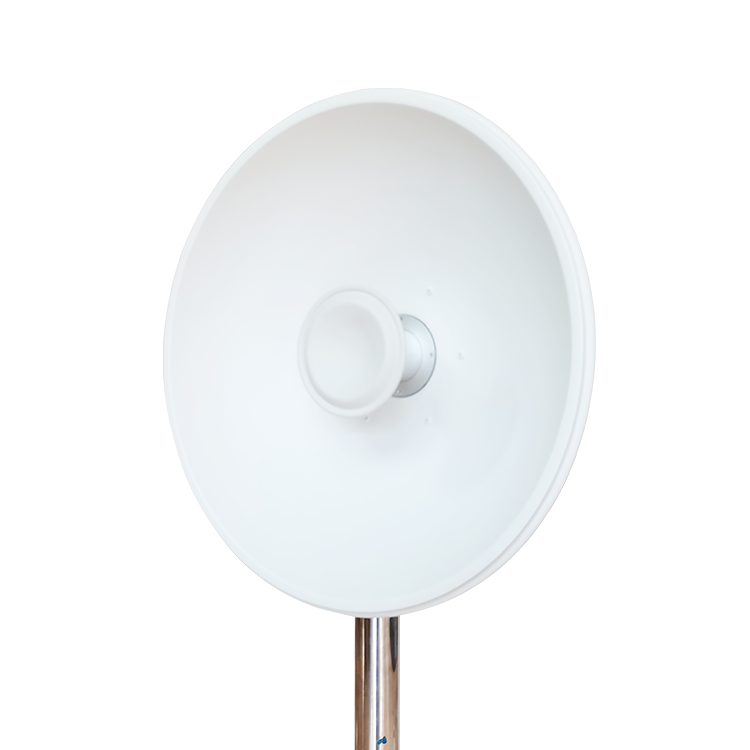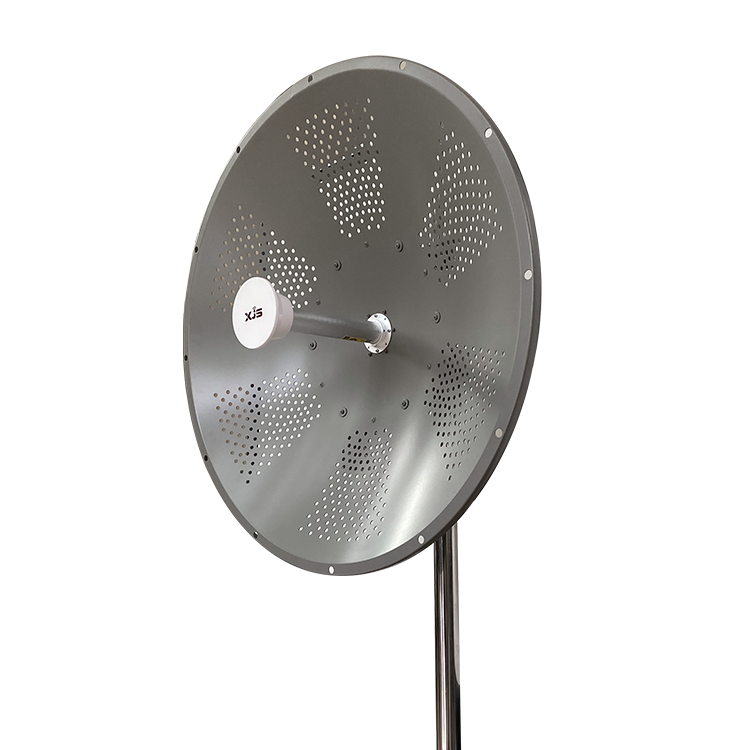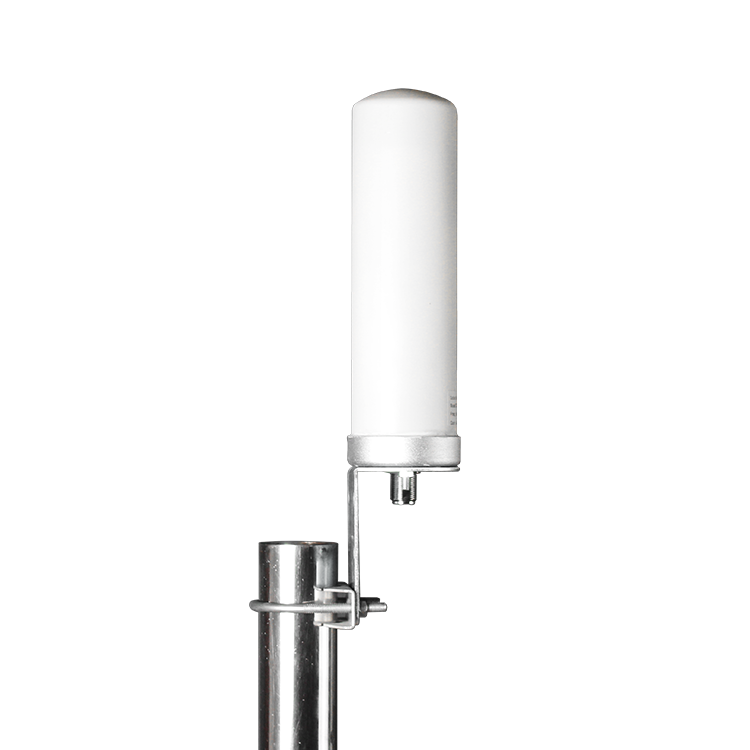In the current era of communication technology, a variety of antennas are available and play an essential part in the current communication era. Without them, we can not easily send and receive data, and wouldn't have a convenient life. The omni antenna and directional antenna are two of the most commonly used antennas.
Knowing the differences between them would help you get a further understanding of the use of the antenna. Then, in this post, the author would make a comparison between directional dish antenna and omni antenna and disscuss which is better.
What is a Directional Dish Antenna?
The direction antenna actually doesn't has 360-degree coverage in the vertical direction and horizontal directions. The direction antenna usually has a small coverage angle and further scope of coverage, just like a flashlight.
What is Omni Antenna?
Omni antenna refers to the antenna with the same gain in all directions, that is, 360-degree coverage in the horizontal direction. In theory, the increase in the horizontal omni antenna gain is achieved by the decrease in the vertical omni antenna gain. It can be considered that the larger the omni antenna gain, the larger the coverage area in the horizontal direction and the smaller the coverage area in the vertical direction.
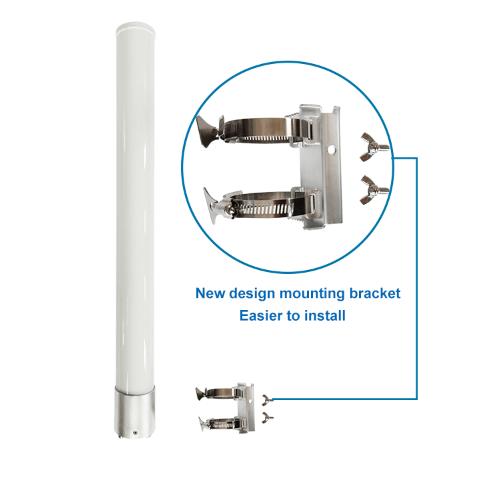
5ghz 13dBi Omni Antenna Manufacturers
To make a full illustration about the topic of “panel antenna vs omni”, the author would put the two main differences of the panel antenna and omni antenna ---- working principles and applications.
Working Principle
As above mentioned, their coverage is different. And, this difference is determined by their different working principle. Therefore, in this section, the author would list their differences in the working principle.
●Omni Antenna:
The physical structure of an omni antenna generates its distinctive pattern. The Omni antenna is like a doughnut with the antenna at its core but incorporates multiple arrays of antennas, such as dipoles (consisting of two or more antenna elements) and vertical rods. And the radiating elements in the "doughnut" tend to collaborate to produce the omnidirectional radiation pattern. As radio waves traverse the antenna, the elements intercept and guide them in a complete circular path. Consequently, an omni antenna can simultaneously receive signals from all directions.
●Directional Dish Antenna:
A directional antenna exclusively transmits or receives signals in a specific direction. To concentrate a greater amount of energy in a single direction, directional antennas employ a narrower beam, which is totally different from omni antenna. Then, this feature grants directional antenna more power and renders them more suitable for long-range transmissions. Furthermore, directional antennas possess superior signal gain than omni antennas, so they could transfer the signals across greater distances.
Application
Due to the different features, they also are applied int to different environments. The omni antenna is generally used in indoor environments. It also can act as a wifi ceiling antenna in your house. As for the commercial application, the omni antenna usually be used for radio broadcasting antennas, and in mobile devices that use radio such as cell phones, FM radios, walkie-talkies, wireless computer networks, cordless phones, GPS, etc.
Most directional antennas are typically used in outdoor environments. They are commonly used in cellular networks, base stations, land mobile radio (LMR) applications, GPS systems, SCADA, etc. For example, the 2.4 ghz directional wireless panel antenna can be used for focusing the wireless signal onto one specific device to increase the range of transmission.
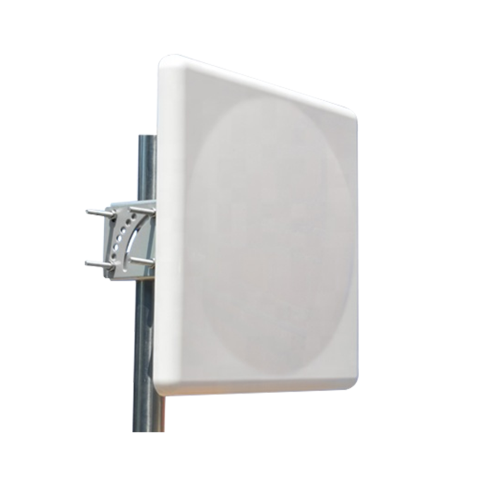
5ghz Directional Panel Antenna
Which is Better: Omni Antenna or Directional Antenna
After the comparison, you may also wonder which is better and what kind of antenna I should choose. My answer is you should choose the antenna according to the application environment and the practical needs. On the one hand, the omni antenna is good for applications that need a wide reception range. On the other hand, directional dish antenna is a better option for more focused and specific transmission.
For example, the indoor omni antenna may not be good for outdoor applications because it has less coverage and a weaker signal in the vertical direction, which can not fulfill the requirement of outdoor use.
Conclusion
All in all, the omni antenna and directional antenna sever different environments and fields, because they have different working principles. If you want to get a proper and reliable communication solution, you can contact XJS to get the customized design for your projects. We are glad to help our clients to design a complete solution.
